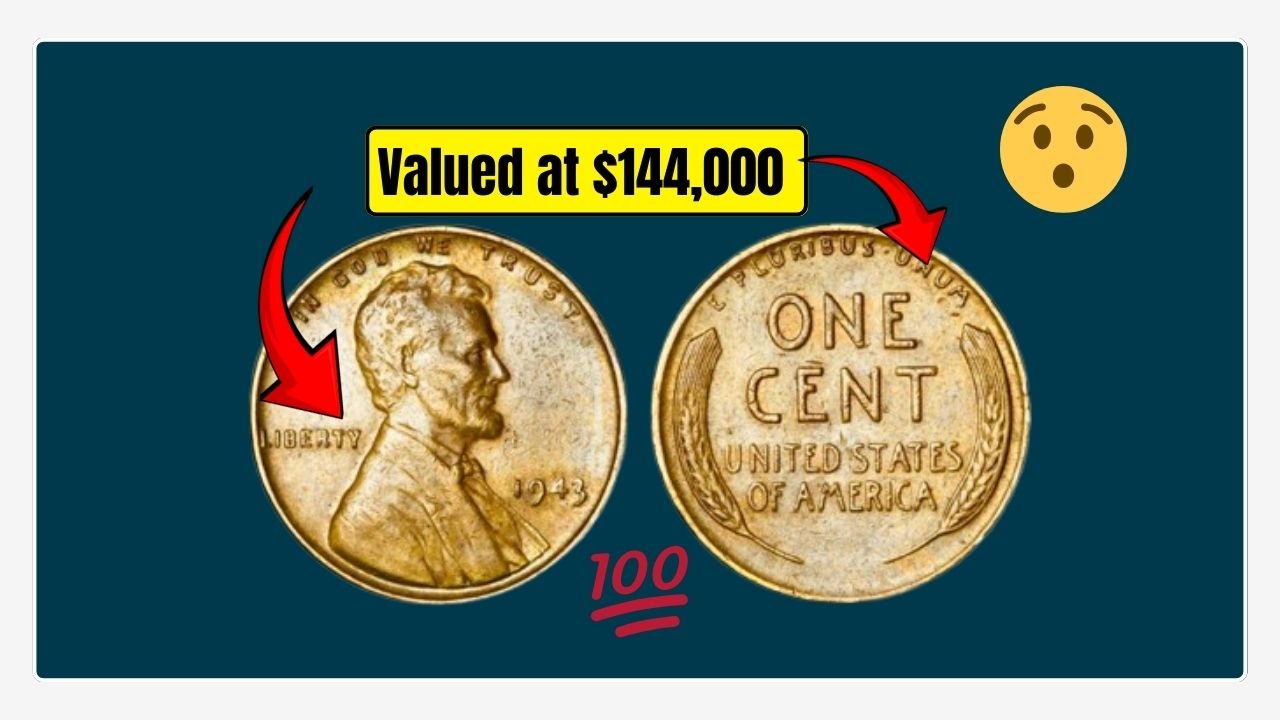Lincoln Wheat Penny: Imagine pulling a penny from your pocket and finding out it’s worth more than a fancy car. Sounds like a dream, right? The Lincoln Wheat Penny, a small coin with a big history, has some rare versions that can sell for up to $144,000 at auctions. Even crazier, one of these treasures might still be hiding in your change jar or piggy bank. Let’s dive into why these pennies are so special and how you can spot one.
A Penny with a Story
The Lincoln Wheat Penny was first made in 1909 to celebrate Abraham Lincoln’s 100th birthday. It was a big deal because it was the first U.S. coin to show a real person instead of symbols like Lady Liberty. The back has two wheat stalks, giving it the “Wheat Penny” name. Billions were made until 1958, and many are still around today. Most are worth just one cent, but a few rare ones are like winning the lottery for collectors.
Why Some Pennies Are Worth a Fortune
What makes a Lincoln Wheat Penny so valuable? It’s all about rarity, mistakes, and condition. For example, in 1943, most pennies were made of steel to save copper for World War II. But a few were accidentally made of bronze, and only about 30 to 40 of these exist. One sold for $144,000 recently, and some have even gone for over $1 million! Other rare ones, like the 1909-S VDB or 1955 Double Die, have low mintages or cool errors that make them super valuable.
| Rare Lincoln Wheat Pennies | Why They’re Valuable | Estimated Value |
|---|---|---|
| 1943 Bronze Penny | Minting error, very rare | Up to $1.7M |
| 1909-S VDB | Low mintage, designer’s initials | Up to $150,000 |
| 1955 Double Die | Visible doubling error | Up to $450,000 |
How to Spot a Rare Penny
Think you might have a treasure? Check your pennies closely! Look at the date and mint mark (a tiny letter under the date). “S” for San Francisco or “D” for Denver can mean a rare coin, especially for years like 1909, 1914, 1931, or 1943. Use a magnifying glass to spot errors like doubled letters or numbers, like on the 1955 Double Die. The coin’s condition matters too—shiny, unworn pennies are worth more. If it looks special, don’t clean it! Cleaning can ruin its value.
Are They Still Out There?
Believe it or not, some of these rare pennies might still be in circulation. People have found them in change jars, old wallets, or even at yard sales. A 1943 bronze penny was once found in a cafeteria coin tray and sold for over $200,000! While it’s not likely you’ll find one in your pocket, it’s not impossible. Checking your spare change or old collections could lead to a big surprise.
What to Do If You Find One
Found a penny that looks promising? Don’t spend it! Take it to a coin shop or a professional grader like PCGS or NGC to check if it’s real. Authentication can cost $50-$150, but it’s worth it if you have a rare coin. If it’s valuable, you can sell it through auctions, coin dealers, or online marketplaces. Just make sure it’s verified first to avoid scams or fakes.
Start Your Treasure Hunt Today
The Lincoln Wheat Penny is more than just pocket change—it’s a piece of history that could change your life. Whether you’re a coin collector or just curious, take a moment to check your pennies. Look for key dates like 1909, 1943, or 1955, and keep an eye out for errors. You never know—a $144,000 penny might be waiting for you. So, grab a magnifying glass, dig through your change, and happy hunting!
